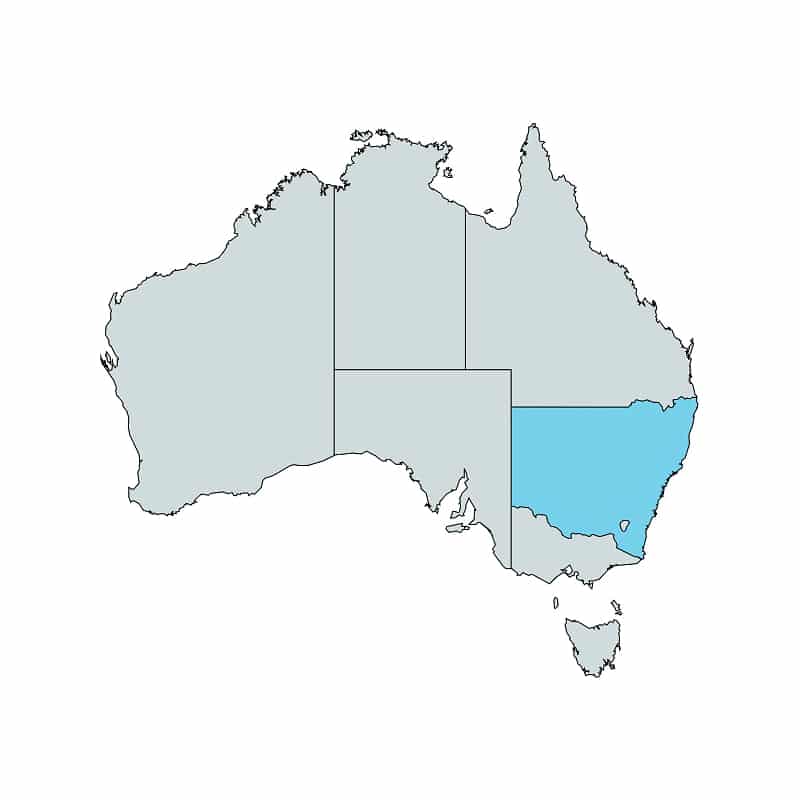Ken and Rae Stewart are the owners of Lyrerie Wildlife Refuge, a property located within Morton National Park approximately 10km southwest of Kangaroo Valley. The property is a residence and dedicated wildlife sanctuary, and it is Ken and Rae’s intent for it to remain for these purposes. An in-perpetuity Voluntary Conservation Agreement with the NSW government also covers 11 hectares of Lyrerie Wildlife Refuge.
The property covers 16.1 hectares of land formerly used for timber and gold mining, and varies from sandstone country to a rainforest section divided by main School Creek, with high escarpment above and several other creeks. The sandstone area is dominated by bloodwoods (Corymbia opaca), turpentines (Syncarpia glomulifera), scribbly gums (Eucalyptus haemastoma), stringy barks (Eucalyptus obliqua), and black wattles (Acacia mearnsii), with a variety of understory native plants and shrubs adapted to the poor sandstone soil, while the rainforest area consists largely of cabbage-tree palms (Cordyline australis), coachwoods (Ceratopetalum apetalum), 500 year old eucalypts, soft tree ferns (Dicksonia antarctica), and a variety of other fern species.
Wildlife species known to inhabit the sanctuary include swamp (Wallabia bicolor) and red-necked (Macropus rufogriseus) wallabies, eastern grey kangaroos (Macropus giganteus), bandicoots, bare-nosed wombats (Vombatus ursinus), pythons, red-bellied black (Pseudechis porphyriacus), eastern brown (Pseudonaja textilis), and tiger (Notechis scutatus) snakes, giant burrowing frogs (Heleioporus australiacus) and various others, Gould’s monitors (Varanus gouldii), superb lyrebirds (Menura novaehollandiae), king parrots (Alisterus scapularis), eastern rosellas (Platycercus eximius), Wonga (Leucosarcia melanoleuca) and white-headed (Columba leucomela) pigeons, yellow robins (Eopsaltria australis), scrub-wrens, honeyeaters, flycatchers, superb fairy wrens (Malurus cyaneus), bowerbirds, laughing kookaburras (Dacelo novaeguineae), yellow-tailed black-cockatoos (Calyptorhynchus funereus) and various other visitors. Brush-tailed rock wallabies and spotted-tailed quolls were formerly present, but have not been sighted in some time.



